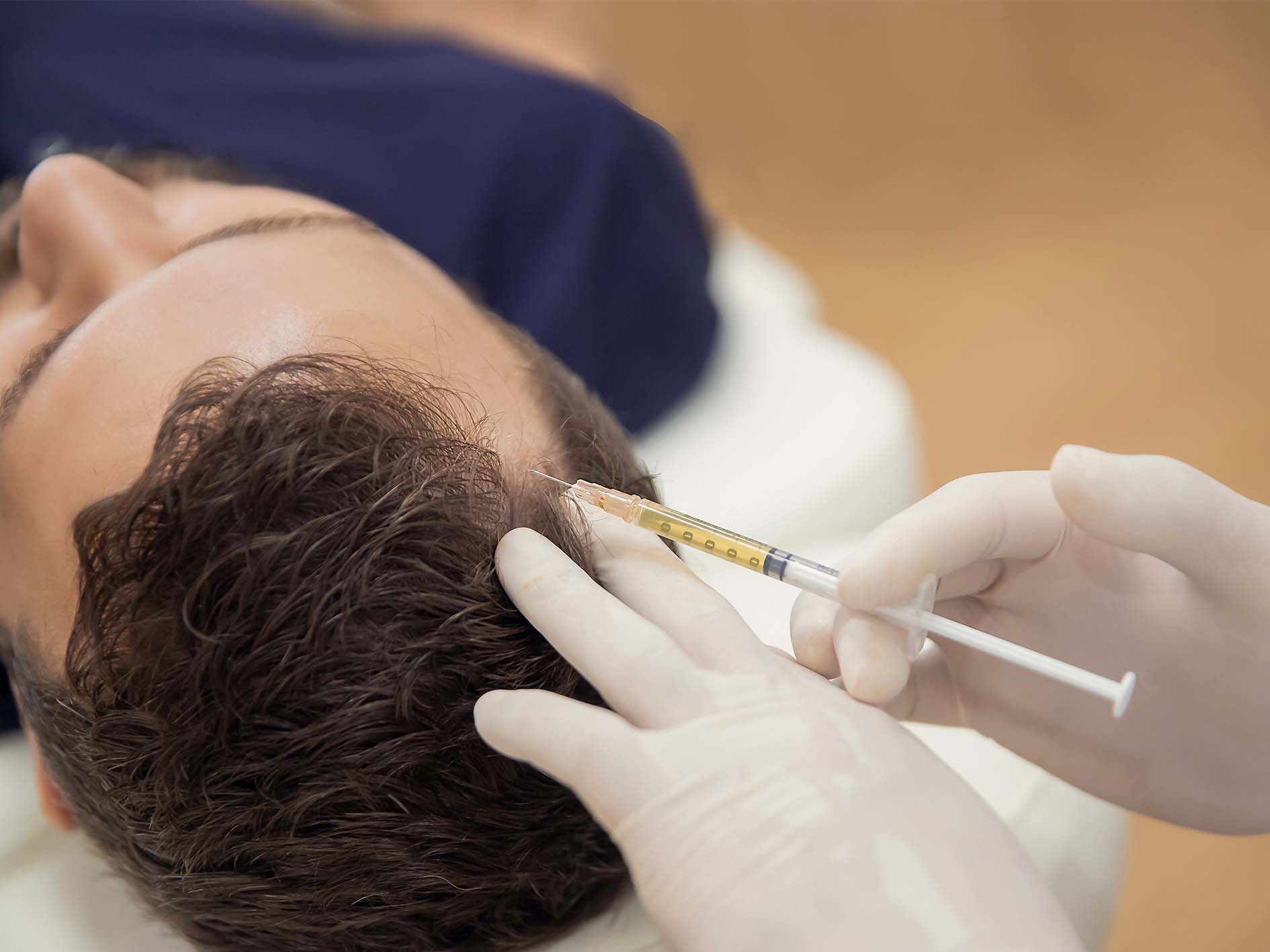What is Breast Reconstruction ?
The goal of breast reconstruction is to restore one or both breasts to near normal shape, appearance, symmetry and size following Partial or total removal of breast or for congenital defects.
What are the types of breast reconstruction ?
Breast reconstruction generally falls into two categories: implant-based reconstruction or flap reconstruction. Flap (or autologous) reconstruction uses the patient’s own tissue from another part of the body to form a new breast.There are a number of factors that should be taken into consideration when choosing which option is best:Type of mastectomy,Cancer treatments,Patient’s body type.
A note about symmetry
If only one breast is affected, it alone may be reconstructed. In addition, a breast lift, breast reduction or breast augmentation may be recommended for the opposite breast to improve symmetry of the size, shape and position of both breasts.
Who should undergo Breast reconstruction?
It is a highly individualized procedure. You should do it for yourself, not to fulfill someone else’s desires or to try to fit any sort of ideal image. You should be able to cope well with your diagnosis and treatment. You should not have additional medical conditions or other illnesses that may impair healing. You should have a positive outlook and realistic goals for restoring your breast and body image.
What should you know about Breast Reconstruction ?
Although breast reconstruction can rebuild your breast, the results are highly variable. A reconstructed breast will not have the same sensation or feel as the breast it replaces.
Visible incision lines will always be present on the breast, whether from reconstruction or mastectomy.
Certain surgical techniques will leave incision lines at the donor site, commonly located in less exposed areas of the body such as the back, abdomen or buttocks.
The decision to pursue breast reconstruction does not change your risk of breast cancer recurrence.
What are the Risks of Breast Reconstruction surgery ?
The possible risks of breast reconstruction include, but are not limited to, bleeding, infection, poor healing of incisions and anesthesia risks. Flap surgery includes the risk of partial or complete loss of the flap and a loss of sensation at both the donor and reconstruction site. The use of implants carries the risk of breast firmness (capsular contracture) and implant rupture. Breast implants do not impair breast health.
What is a Flap Surgery for Breast Reconstruction ?
Flap techniques reposition a woman’s own tissue to create or cover the breast mound
Sometimes a mastectomy or radiation therapy will leave insufficient tissue on the chest wall to cover and support a breast implant.
What is Tissue expansion ?
Tissue expansion stretches healthy skin to provide coverage for a breast implant.For women who do not require breast radiation and would like to avoid a separate donor site, implant-based reconstruction is an option. Reconstruction with tissue expansion allows an easier recovery than flap procedures, but it can be more lengthy reconstruction process. It usually requires several office visits over 1-2 months after placement of the expander to gradually expand the skin.A second surgical procedure will be needed to replace the expander with a breast implant.
What is a Breast Implant ?
A breast implant can be an addition or
alternative to flap techniques.. Saline and
silicone implants are available for
reconstruction.Your surgeon will help you decide
what is best for you.Reconstruction with an
implant alone usually requires tissue expansion.
What are other procedures in Breast Reconstruction ?
Reconstructing a nipple and areola, breast revision techniques
For women who are not candidates for
nipple-sparing mastectomy, breast reconstruction
is completed through a variety of techniques
that reconstruct the nipple and areola.
Techniques usually involve folding skin to
create the shape of a nipple followed by
tattooing
What to expect following Breast Reconstruction ?
Following your breast reconstruction surgery for flap techniques and/or the insertion of a breast implant, gauze or bandages may be applied to your incisions. An elastic bandage or support bra will minimize swelling and support the reconstructed breast. A small, thin tube may be temporarily placed under the skin to drain any excess blood or fluid.








